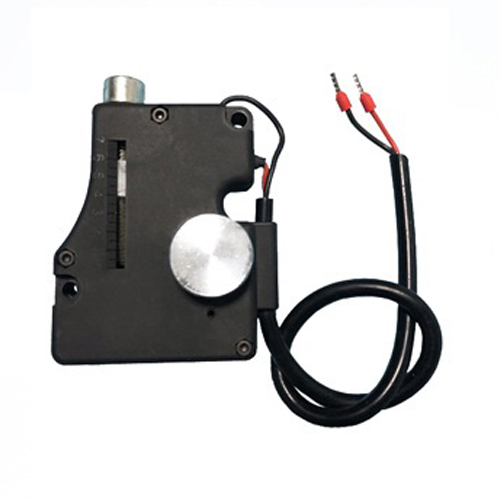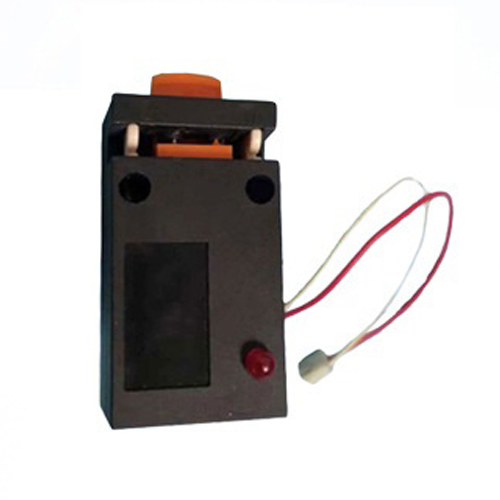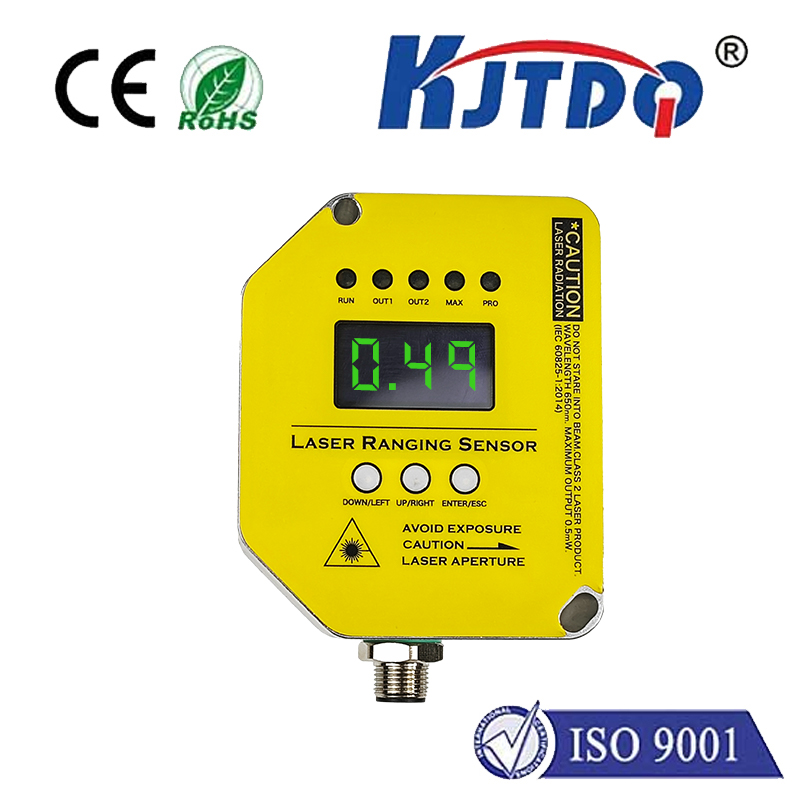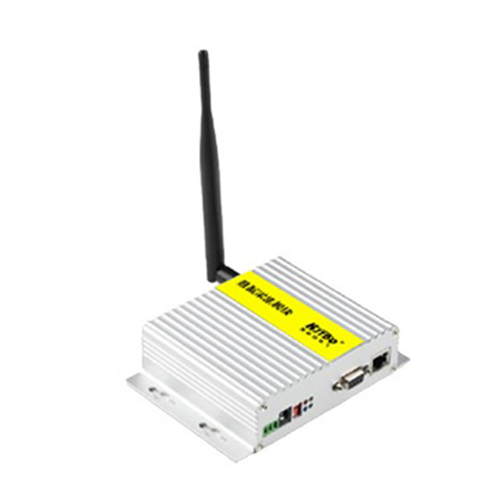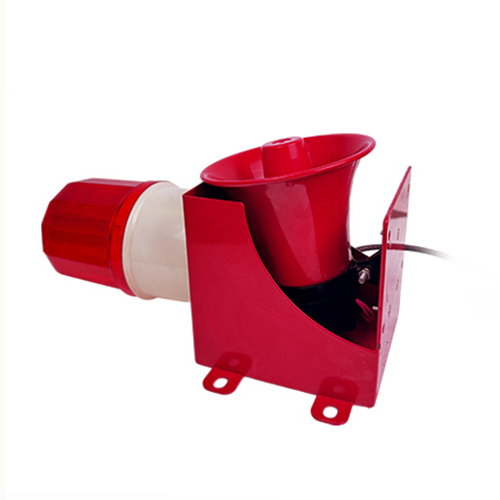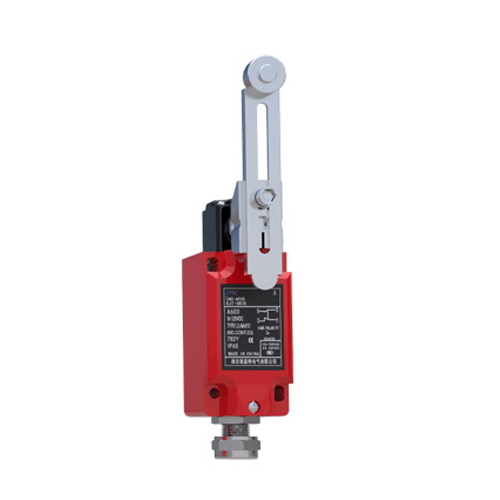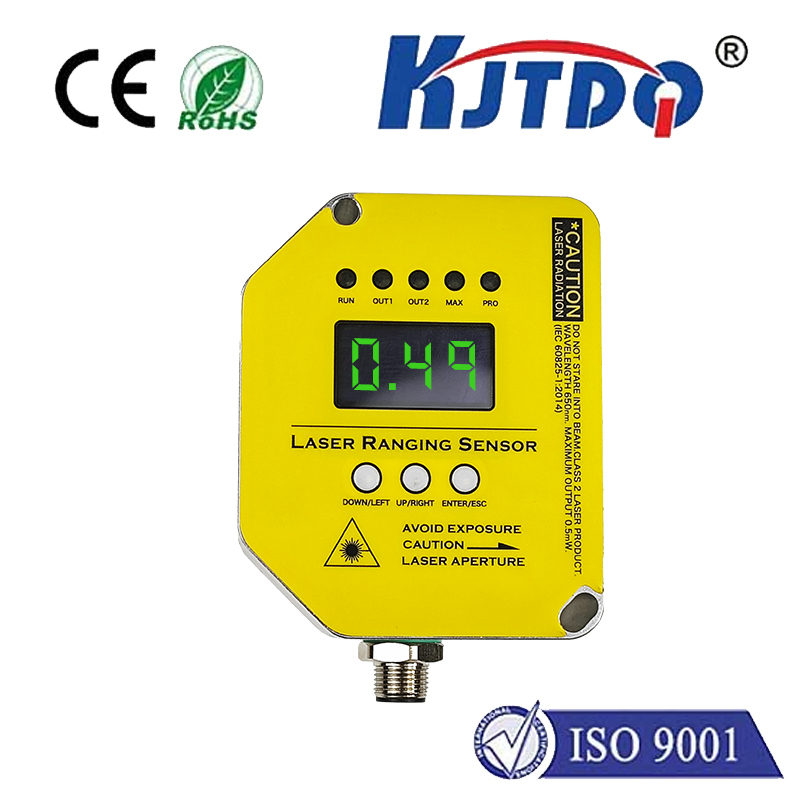BES02YF high pressure proximity sensor
- time:2025-09-29 18:56:55
- Нажмите:0
BES02YF High Pressure Proximity Sensor: Your Robust Solution for Demanding Industrial Detection
Imagine a critical hydraulic system operating under crushing pressures, or a precision CNC machine where metal shavings fly. Accurately sensing component position in these punishing environments isn’t just convenient – it’s essential for safety, efficiency, and preventing costly downtime. Traditional sensors often crumble under extreme conditions. That’s where the BES02YF High Pressure Proximity Sensor steps in, engineered specifically to thrive where others fear to tread.
The Core Mission: Non-Contact Sensing Where Pressure Reigns
Proximity sensors, fundamentally, detect the presence or absence of a metallic target without physical contact. They achieve this typically using electromagnetic fields (inductive sensors) or magnetic fields (reliant on a magnet in the target). Their non-contact nature grants them significant advantages: superb longevity (no wear from touching), high operational speeds, and resilience against dirt, oil, and moisture compared to mechanical switches.
The High-Pressure Challenge: Why Specialization Matters
Standard proximity sensors function well in benign factory settings. However, plunge them into environments characterized by persistent high pressures – think hydraulic power units, deep-sea equipment, high-pressure cleaning systems, or powerful injection molding machinery – and vulnerabilities surface:

- Seal Failure: Intense pressure can deform standard seals, allowing oil or hydraulic fluid ingress, leading to sensor malfunction or catastrophic failure.
- Housing Deformation: Lower-grade sensor housings might compress or warp under sustained high pressure, compromising internal electronics or the sensing field geometry.
- Signal Instability: Pressure fluctuations can sometimes unintentionally affect the sensor’s electromagnetic field or internal components, causing unreliable or inconsistent switching.
Operating in these zones demands a sensor built with an entirely different level of fortitude.
BES02YF: Engineered for Unyielding Performance
The BES02YF High Pressure Proximity Sensor is purpose-built to conquer these harsh realities. Its design incorporates features specifically tailored to withstand the rigors of high-pressure applications:
- Exceptional Pressure Resistance: The defining feature. The BES02YF boasts a robust construction with reinforced seals and a high-strength housing (typically high-grade stainless steel like 304) engineered to reliably function under continuous exposure to significant ambient pressure, far exceeding standard sensor capabilities.
- Superior Sealing & Protection: Achieving high ingress protection ratings (commonly IP67, IP68, or IP69K) is paramount. Specialized seals and gasket designs prevent fluid penetration even under extreme pressure cycles, ensuring internal electronics remain pristine. Reliability isn’t just a feature – it’s the foundation.
- Robust Mechanical Design: The housing isn’t just a shell; it’s a pressure vessel. Thick walls, precision machining, and careful material selection ensure structural integrity remains intact, preventing deformation that could alter sensing characteristics or damage the sensor.
- Optimized Sensing Technology: Utilizing inductance or advanced magnetic field sensing (requiring a magnetic target), the BES02YF delivers stable, precise, and repeatable detection even when surrounded by the intense forces of high-pressure fluids or machinery. Its fast response time is crucial for control loops in dynamic systems.
- Resistance to Harsh Media: Beyond pressure, these environments often involve aggressive lubricants, coolants, or cleaning agents. The BES02YF’s materials and seals are chosen for excellent chemical resistance, safeguarding long-term performance.
Where the BES02YF Proves Indispensable: High-Pressure Applications
This sensor isn’t a niche curiosity; it’s a critical component in demanding sectors:
- Hydraulic Systems: Monitoring cylinder end positions, valve spool detection, and confirming component presence within heavy-duty presses, construction equipment, and industrial machinery operating at hundreds or thousands of PSI/Bar.
- Oil & Gas Exploration/Production: Sensing valve positions, actuator states, and equipment status on wellheads, subsea equipment, and high-pressure processing units, often exposed to extreme pressures and corrosive environments.
- High-Pressure Cleaning & Waterjet Cutting: Detecting component positions within the pressurized flow path or verifying tool head location in systems generating immense water pressure.
- Plastics & Rubber Processing: Monitoring mold closures, ejector positions, and valve actuation in injection molding machines where hydraulic pressures are extreme and temperatures fluctuate.
- Test Benches & Pressure Vessels: Providing position feedback on actuators or valves within rigs designed to test components under simulated high-pressure conditions.
- Marine & Offshore: Robust sensing for winches, cranes, hydraulic systems, and subsea equipment where high ambient pressure is a constant factor.
Selecting Your BES02YF Sensor: Key Considerations
To ensure optimal performance in your specific high-pressure environment, pay close attention to:
- Pressure Rating: This is non-negotiable. Verify the sensor’s specified maximum continuous operating pressure exceeds your application’s worst-case scenario pressure, including potential surges. Don’t operate near the absolute limit.
- Environmental Compatibility: Confirm compatibility with the specific media present (oil type, chemicals, salt water) and the operating temperature range. IP rating is crucial for fluid ingress protection under pressure.
- Electrical Requirements: Match the supply voltage (e.g., 10-30V DC) and output type (NPN/PNP, NO/NC) to your control system. Consider cable length and connector type (M12 is common for robustness).
- Sensing Range: Choose the appropriate nominal sensing distance (Sn) for your target size and mounting constraints. High-pressure designs might have slightly shorter ranges than standard sensors due to thicker housings.
- Housing Material: Stainless steel (304 or 316) is standard for its strength and corrosion resistance. Ensure it’s suitable for your specific environment.
The Bottom Line: Reliability Under Pressure is Non-Negotiable
In environments where pressure isn’t just a factor but the defining characteristic, sensor failure isn’t an option. Compromise can lead to production stoppages, safety hazards, or expensive repairs. The BES02YF High Pressure Proximity Sensor represents a specialized class of industrial sensing designed to deliver unwavering reliability, precision, and longevity precisely where standard sensors falter. By integrating its robust capabilities, engineers safeguard their processes, enhance operational efficiency, and ensure safety in the most demanding corners of industry. When pressure mounts, your sensing solution must stand firm.

